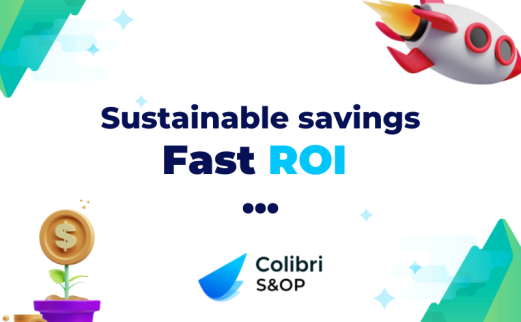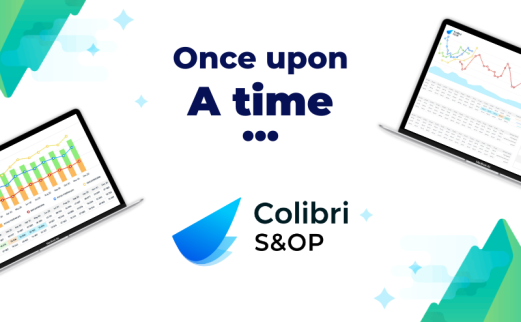Discover the third part of our demand planning series about the demand planner, a key role within an organization.
Story 1 : What is Demand Planning ?
Story 2 : Setting up a demand planning process
Demand planners are more and more important within organizations as this role tends to become a more central and strategic position. Therefore, it is crucial to carefully choose and train your demand planner.
The demand planner is at the origin of the planning process AND the cornerstone of the logistic optimization (Supply, inventory, distribution…).
The job description scope extended over the past few years and this position is now a vector of communication between Sales, Marketing, Purchase and Manufacturing.
Due to the global context of internationalization, huge demand volatility, increasing shorter product lifecycle, new distribution channels linked to e-commerce, rising competition… the forecasts process and the flow management are becoming more and more strategic and are requiring multiple skills in statistics, IT solutions, marketing…
The demand planner profile
There is no school specialized in training a demand planner. But some good certifications are available on the market. The best profiles are experienced in a connected domain (sales, supply chain, sourcing, analysis, finance) with an ability to juggle with figures but also to be a great communicant with all departments. In fact, these 2 qualities are opposites. the demand planner should, somewhat, be bipolar!
Job description of a demand planner
Usually under the responsibility of the Supply Chain Manager, the goal of the demand planner is to drive the demand and inventory levels. In other words, to maximize cash flows, and sales and services levels. His responsibilities can be split within 3 categories: Upstream & Downstream management and analysis.
Upstream management:
- Maintain a constant relationship with the sales, marketing, finance, sourcing and manufacturing teams to understand the demand forecasting drivers.
- Challenge the forecasts from the sales teams and the usual runs (historical data, seasonality, market trends, special offers, budgets…) with relevant data analysis.
- Improve the forecasts accuracy (statistical models, software…) with transversal coordination actions and updates of the Supply Chain Planning tool.
Downstream management:
- Coordinate the customer projects with Supply Planning.
- Manage Inventory levels.
- Communicate the product inventory strategies (high runners, new products, substitutions, end life…) to the Supply Planning team.
- Tune the forecasts and inventory rules according to the demand and market trends.
Analysis:
- Analyze quantity and financial forecasts.
- Report of forecasts and inventory KPIs.
- Drive the forecasts or SnOP meetings.
- Follow inventory level and improvement plans.
- Drive convergences and divergences versus the Business Plan.
The demand planner is today a flow driver who needs both relationship and data analysis skills. He is in the middle of the economic battlefield and thus his recruitment and training are essential for most companies.
An article written by Nicolas Commare, CEO of Colibri. Discover his profile.






